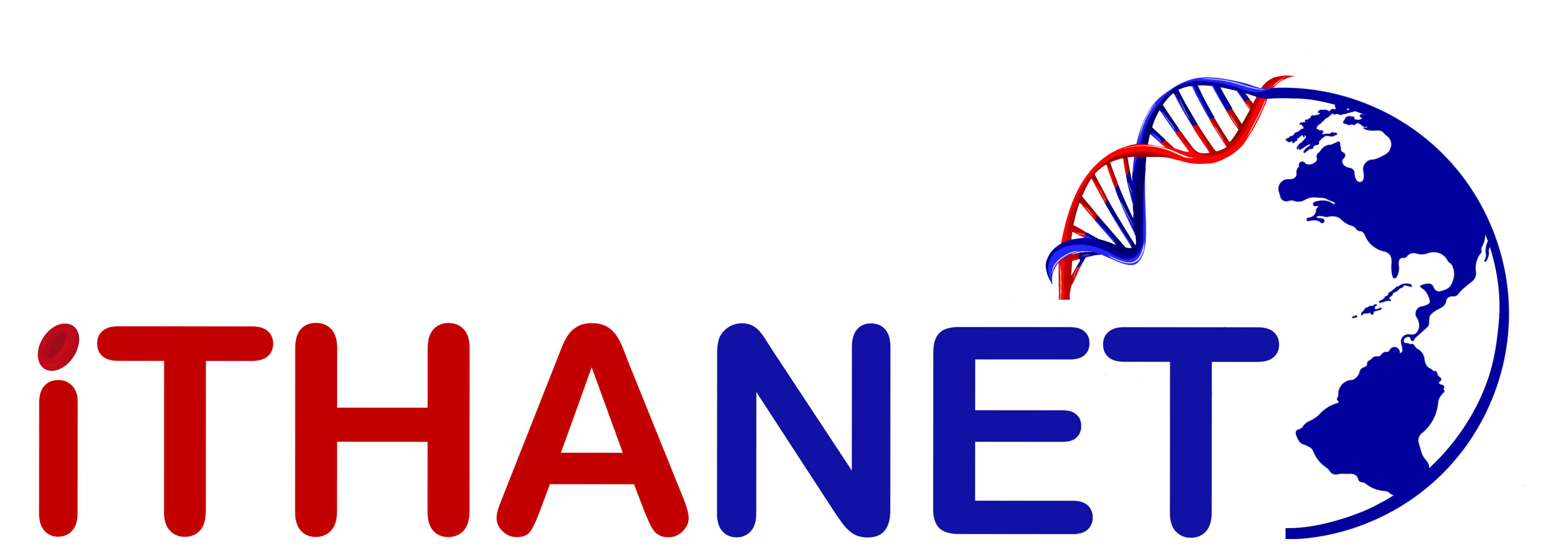GeneID: 313
Names
| Common Name: | TBC1D1 | Type: | Gene |
|---|---|---|---|
| Chromosome: | 4 (NC_000004.12) | Locus: | NM_015173.4 (TBC1D1) |
| HUGO Symbol: | TBC1D1 | Full Name: | TBC1 domain family member 1 |
| Exons: | 20 | Introns: | 19 |
Description:
The TBC1 (tre-2/USP6, BUB2, cdc16) domain family, member 1 gene, known as TBC1D1, is the founding member of a family of proteins sharing the TBC box motif of 180 to 200-amino acids. TBC1D1 contains two phosphotyrosine-binding (PTB) domains at its NH2-terminus, a Rab-GAP (GTPase-activating protein) domain (TBC domain) near the COOH-terminus, and a putative calmodulin-binding domain. TBC1D1 is mainly expressed in skeletal muscle. It serves as a link between signaling and GLUT4 trafficking pathways, and plays a role in growth and fat deposition. The activation of calcium/calmodulin-dependent protein kinase II (CaMKII) may play a role in the induction and development of neurogenic inflammatory and neuropathic pain. Genetic variance in TBC1D1 gene associated with episodes of pain in patients with sickle cell disease.
Synonyms: TBC , TBC1
Comments:
N/A
Number of entries/variants: 1
Sequence Viewer
Publications / Origin
- Witczak CA, Jessen N, Warro DM, Toyoda T, Fujii N, Anderson ME, Hirshman MF, Goodyear LJ, CaMKII regulates contraction- but not insulin-induced glucose uptake in mouse skeletal muscle., Am. J. Physiol. Endocrinol. Metab., 298(6), E1150-60, 2010 PubMed
- Galarneau G, Coady S, Garrett ME, Jeffries N, Puggal M, Paltoo D, Soldano K, Guasch A, Ashley-Koch AE, Telen MJ, Kutlar A, Lettre G, Papanicolaou GJ, Gene-centric association study of acute chest syndrome and painful crisis in sickle cell disease patients., Blood , 122(3), 434-42, 2013 PubMed
- Fontanesi L, Bertolini F, The TBC1D1 gene: structure, function, and association with obesity and related traits., Vitam. Horm., 91(0), 77-95, 2013 PubMed
